Google ADs
CCIE Interview Questions for Preparations –
Note –You can Purchase Answers of all Below CCIE R&S Interview Questions from Above in Easy to Understand PDF Format
- Which routing protocols are application layer protocols?
- Why BGP is an application layer protocol?
- Why RIP is an Application Layer protocol?
- Why OSPF is an Internet layer protocol?
- In an IP Packet, how many bits are there in the Version field?
- What is TTL in an IP Packet and how does it work?
- Name one of the well-known utilities which use TTL?
- What is Proxy ARP?
- What is GARP?
- Enlist some uses of Gratuitous ARP?
- See the figure below, how many hops are there when 192.21.1.10 need to talk to 192.21.5.200.

- How many bits are there in FLAG field of the TCP?
- Name the Eight Flags used in the TCP?
- What is a redirect?
- What mechanisms does TCP use to provide connection-oriented service?
- What is the Anycast address?
- What are the five ICMPv6 messages used by the Neighbor Discovery Protocol?
- What does IPv6 use in place of ARP and an ARP Cache?
- What is a recursive table lookup?
- What is a floating static route?
- Below is the figure. Kindly determine for which protocol is this packet format?

- What is convergence time?
- What is the purpose of route invalidation timers?
- How do areas benefit a link state network?
- How many updates must be missed in RIP before a route entry will be marked as unreachable?
- What will be configurations for the RTA and RTC to route to all subnets via RIP?

- What is the difference between the neighbor table and the topology table in EIGRP?
- What is a feasible distance in EIGRP?
- What is the difference between an active route and a passive route?
- What does stuck-in-active mean?
- What are the five OSPF packet types?
- What is the purpose of the Database Description Packet?
- What is an area in OSPF?
- What is the significance of area 0?
- What are the four OSPF router types?
- What are the five OSPF network types?
- What is a Partitioned area?
- What is the difference between a stub area and a totally stubby area?
- What is the difference between OSPF network entries and OSPF router entries?
- OSPF is not working between two routers. When debugging is turned on, the messages shown below are received every 10 seconds. What is the problem?

- Explain what problem is indicated by below mentioned debug messages

- The configurations for the routers shown below is,A:
router ospf 15
network 192.168.50.224 0.0.0.31 area 192.168.50.0
network 192.168.50.240 0.0.0.15 area 0.0.0.0
area 192.168.50.0 authentication message-digestB:
router ospf 51
network 192.168.50.0 0.0.0.255 area 0Routers A and B are not forming an adjacency. What is wrong?
- How does BGP use the AS_PATH attribute to detect the routing loops?
- What is the purpose of a full iBGP mesh, and why is it considered best practice?
- How does iBGP avoid routing loops?
- What is multihomed AS?
- How does address summarization help stabilize a network in BGP?
- What AS numbers are reserved for private use?
- What is NLRI?
- What is the difference between the Connect state and Active state in BGP?
Order Answers of above CCIE Interview Questions from Above!
Upon purchasing you will receive Answers of all above 50 CCIE R&S Interview questions in easy to understand PDF Format explained with relevant Diagrams (where required) for better ease of understanding.

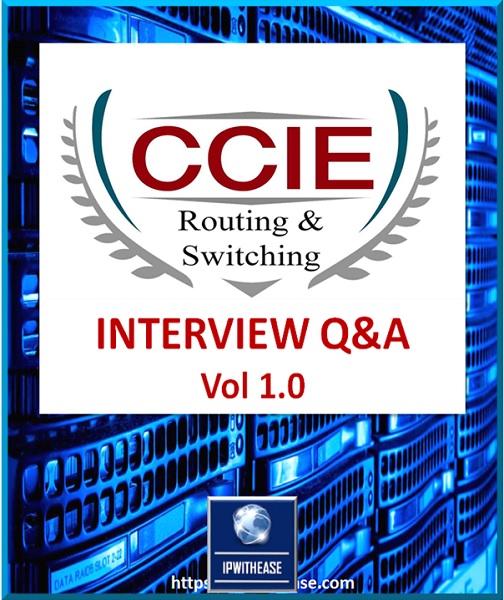
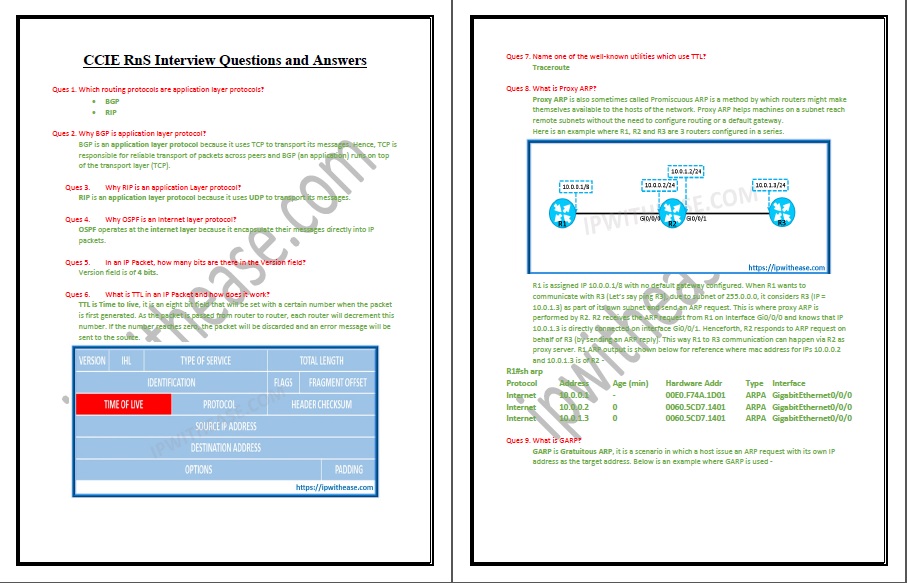

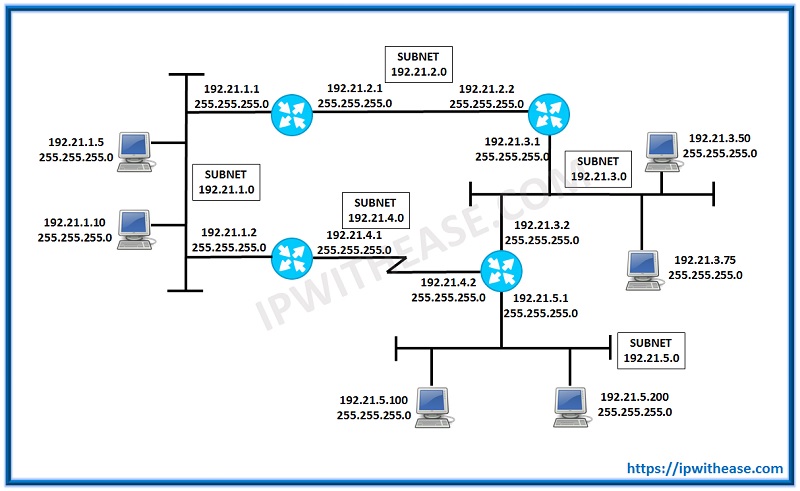
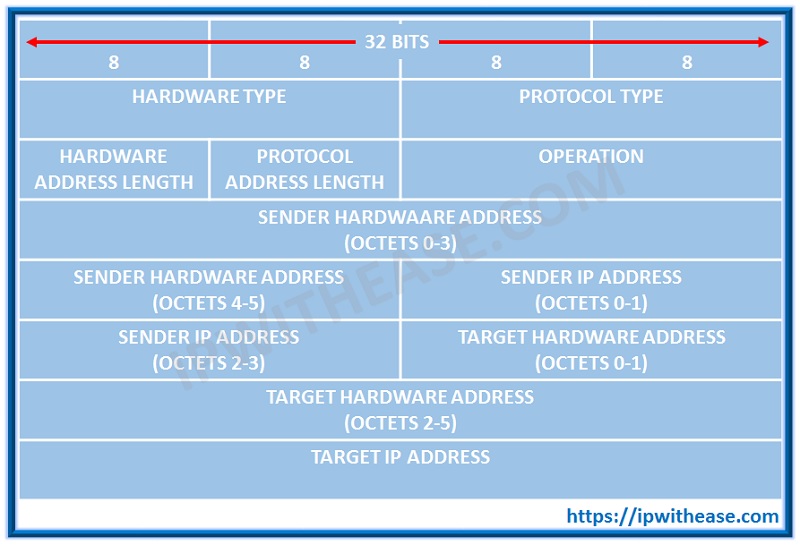
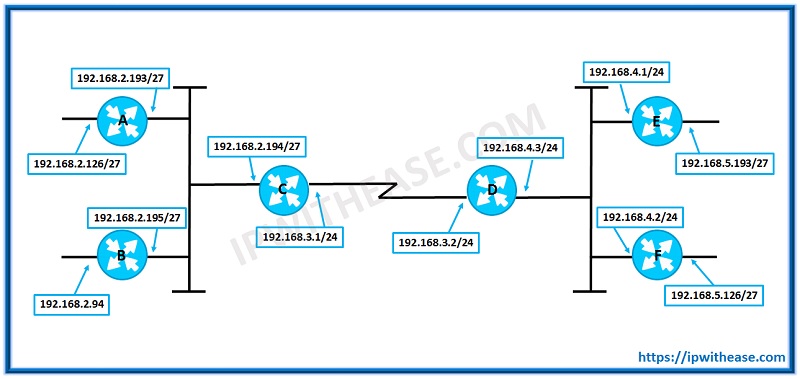


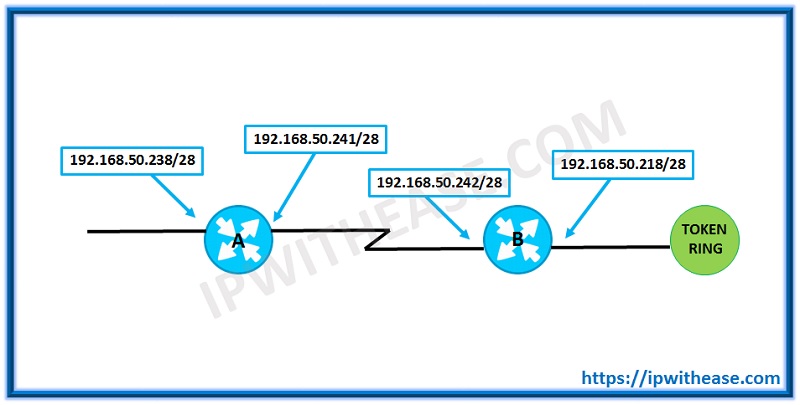
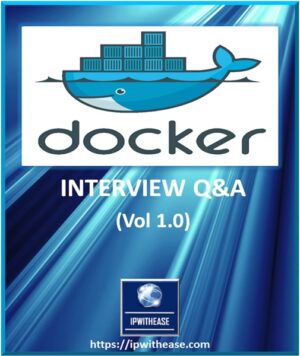


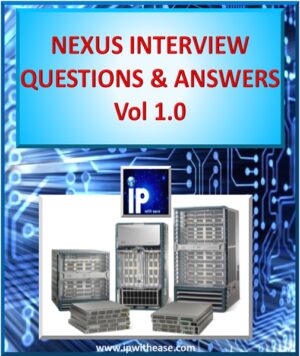
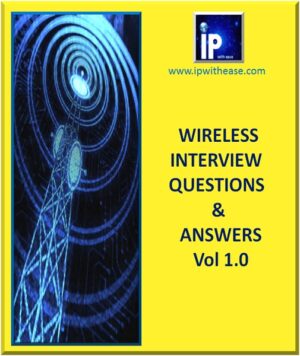
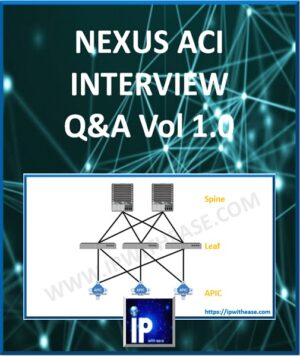
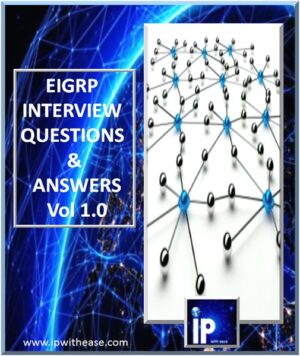
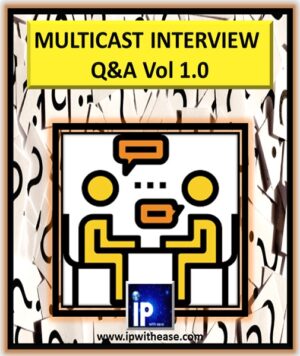
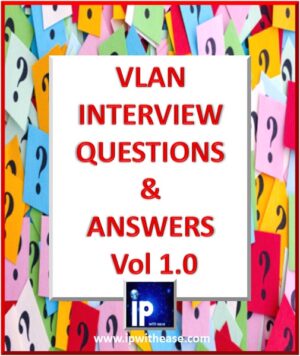
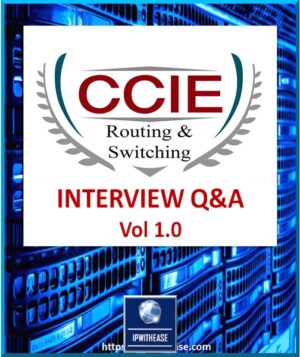
Reviews
There are no reviews yet.